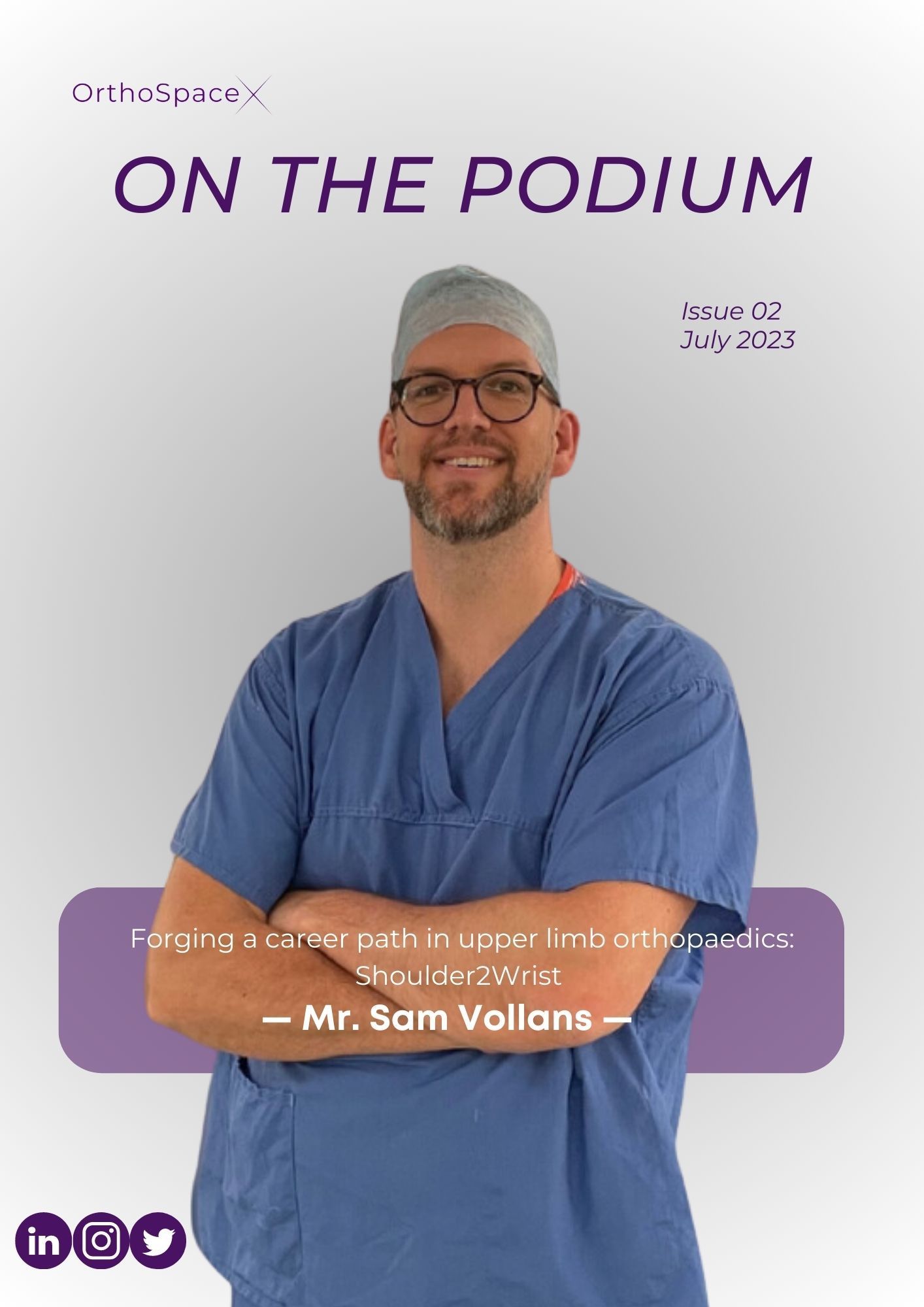Innovating Hip Replacement Surgery:
With Professor Paul Lee
— The SPAIRE Technique —
Issue 06, December 2023

Could you share with us your journey into orthopaedic surgery and what led you to specialise in the SPAIRE
technique for hip replacement?
My journey into orthopaedic surgery was driven by a passion for advancing patient care through innovative techniques. The SPAIRE technique caught my attention due to its focus on muscle preservation and minimally invasive approach. It aligns with my dedication to regenerative medicine, offering patients a more natural and less disruptive option for hip replacement. The technique’s potential to reduce recovery times and enhance overall patient outcomes was a key factor in my decision to specialised in it.
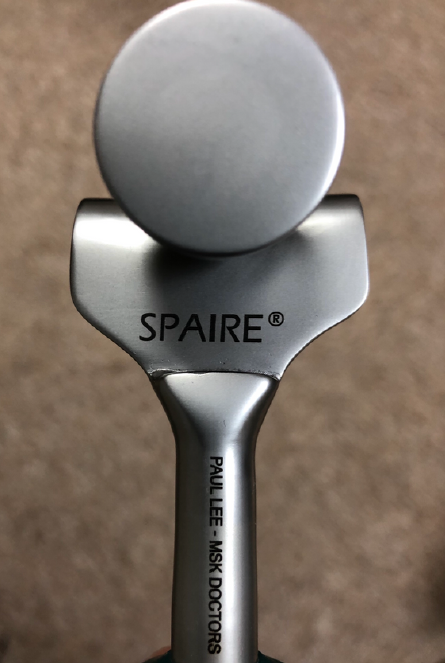
Can you elaborate on the key elements of the SPAIRE technique and how it differs from traditional hip replacement approaches
The SPAIRE technique is innovative in its approach to hip replacement. It involves a modified posterior approach, carefully preserving muscles like the piriformis and obturator internus. This differs from traditional methods by reducing the need for muscle reattachment and decreasing the risk of dislocation, leading to a more natural hip function post-surgery.
In your experience, what are the primary benefits of the SPAIRE technique for patients undergoing hip replacement surgery
The primary benefits include reduced postoperative pain, quicker recovery, and improved stability. Patients often experience better mobility and a faster return to their normal activities.

How has the SPAIRE technique impacted patient recovery times and long-term outcomes compared to conventional methods?
The SPAIRE technique has significantly enhanced patient recovery times. Most of my patients have reported less discomfort and quicker rehabilitation, leading to a more satisfying postoperative experience.
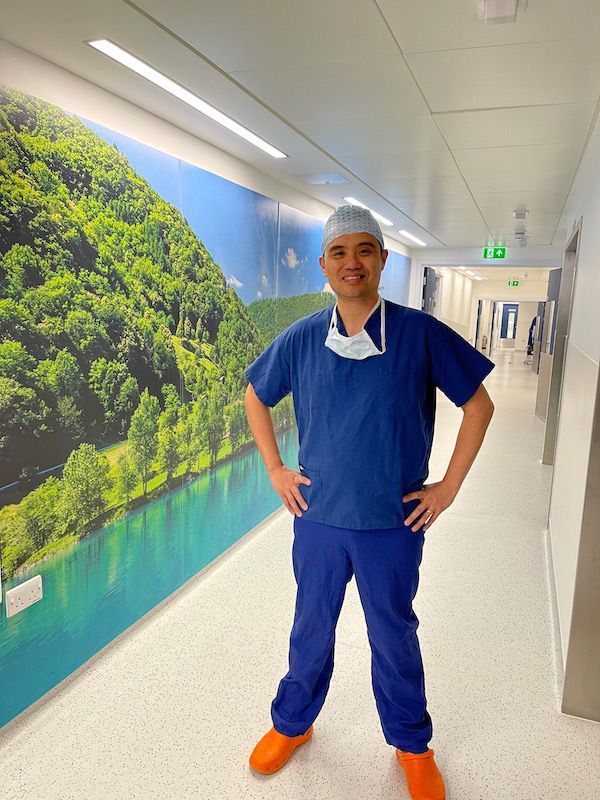
What challenges have you encountered while implementing the SPAIRE technique, and how have you addressed them?
One challenge has been adapting the surgical technique to different patient anatomies. I've addressed this by customising the approach for each patient, ensuring the best possible outcome.
Could you discuss any ongoing research or future developments in the SPAIRE technique that you are currently involved in?
My team and I are constantly exploring ways to refine the SPAIRE technique. We're involved in ongoing research to further understand its long-term benefits and potential enhancements.
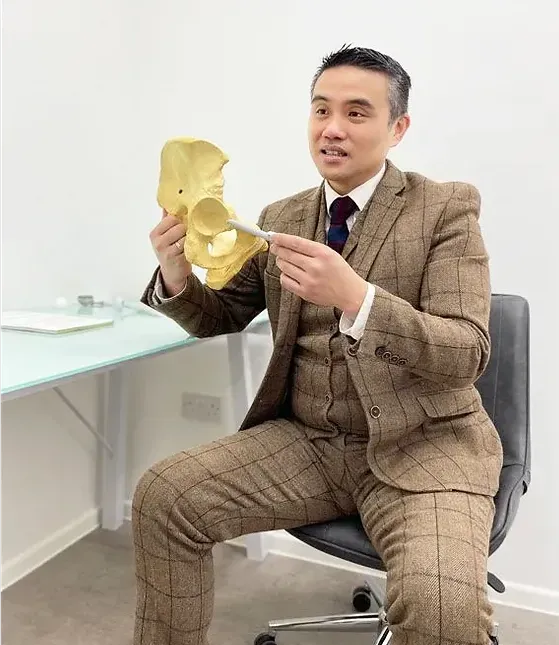
What has been the most rewarding aspect of utilizing the SPAIRE technique in your surgical practice?
The most rewarding aspect has been witnessing the positive impact on my patients' lives – seeing them regain mobility and return to their daily activities with ease.
As an educator, how do you incorporate the SPAIRE technique into training and education for upcoming orthopaedic surgeons?
I incorporate the SPAIRE technique into surgical training programs. It's crucial for upcoming surgeons to be adept in modern, minimally invasive techniques.
How do you determine if a patient is a suitable candidate for the SPAIRE technique?
Patient selection is based on a thorough evaluation of their condition. Factors like the severity of hip degeneration, overall health, and lifestyle play a crucial role in determining suitability.
What future advancements in hip replacement surgery do you anticipate, and how do you see the SPAIRE technique evolving in this context?
I anticipate further advancements in minimally invasive techniques and biocompatible materials. The SPAIRE technique will continue to evolve, incorporating these advancements to provide even better outcomes for patients.
Professor Paul Lee
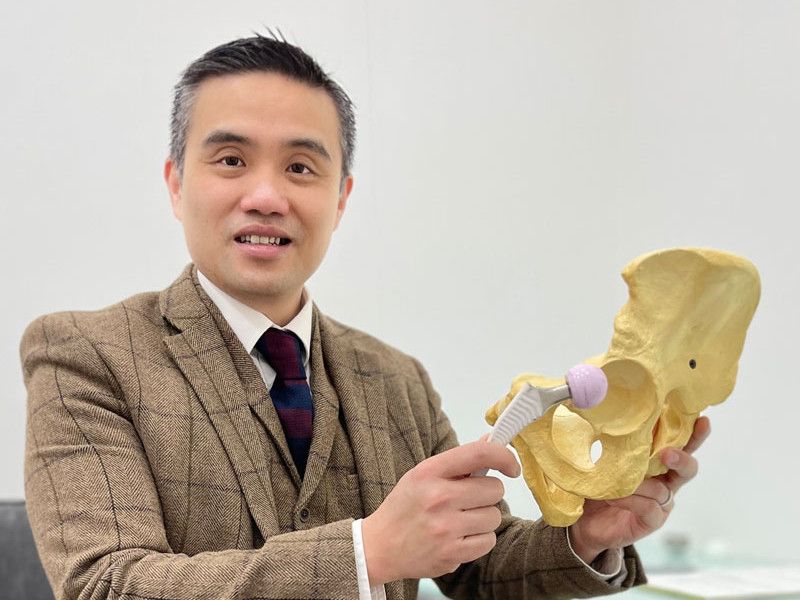
Professor Paul Lee is a consultant orthopaedic surgeon based in London and Grantham, Lincolnshire, specialising in hip replacement, knee surgery and knee cartilage replacement alongside revision hip replacement, meniscus surgery and anterior cruciate ligament (ACL) surgery. He privately practises at 108 Harley Street medical centre and as the director at MSK Doctors in Ancaster, Lincolnshire. His NHS base is United Lincolnshire Hospitals NHS Trust where he is a consultant sports and arthroplasty surgeon and the Director of Research.
Professor Lee is highly qualified, and received his MBBCh in Medicine from Cardiff University in 2005 and went on to receive an MSc in Sports Medicine - Muscle Performance and Recovery, from Cardiff Metropolitan University three years later. He then returned to Cardiff University to complete a PhD entitled 'Treatment of Muscle Injuries' in 2013.
He regularly treats elite sports people, including treatment of muscle injuries in UK Premier League footballers, significantly reducing their recovery time, allowing them to return to playing sooner.
Further to his qualifications, Professor Lee also has various fellowships from respected institutions including the Royal College of Surgeons of Edinburgh (Tr & Orth), the European Board of Orthopaedics and Traumatology (FEBOT) and Orthopaedics Hospital in Oswestry.
He is also a certified expert in the use of the Exeter hip system, which was developed after training on the Robin Ling Exeter Hip Replacement Fellowship in the Princess Elizabeth Orthopaedic Hospital in Exeter. He also did international fellowships in Germany and Australia. Other higher training saw Professor Lee become a certified member of the Faculty of Sports and Exercise Medicine (MFSEM).
Professor Lee is widely published in various peer-reviewed journals and is an active member of the British Hip Society (BHS), British Orthopaedic Sports Trauma and Arthroscopy Association (BOSTAA) and the British Orthopaedic Association (BOA) alongside the Biological Knee Society (BKS). He is internationally recognised at the ICRS teaching centre of excellence for his teaching in cartilage and joint preservation surgery.
We would like to thank Professor Lee for his time and insight into orthopaedic excellence.
To download this issue of On The Podium, click below.

Sign up to On The Podium. The latest insights and inspiration from orthopaedic specialists around the globe sent straight to your inbox.
On The Podium
The newsletter brought to you by OrthoSpaceX
| Engage with Orthopaedic Leaders | Exclusive orthopaedic insight | |
| Stay Ahead in Orthopaedic Advancements | Uncover Surgical Innovations | |
| Empower Your Orthopaedic Knowledge | Unlock the Minds of Orthopaedic Specialists |


